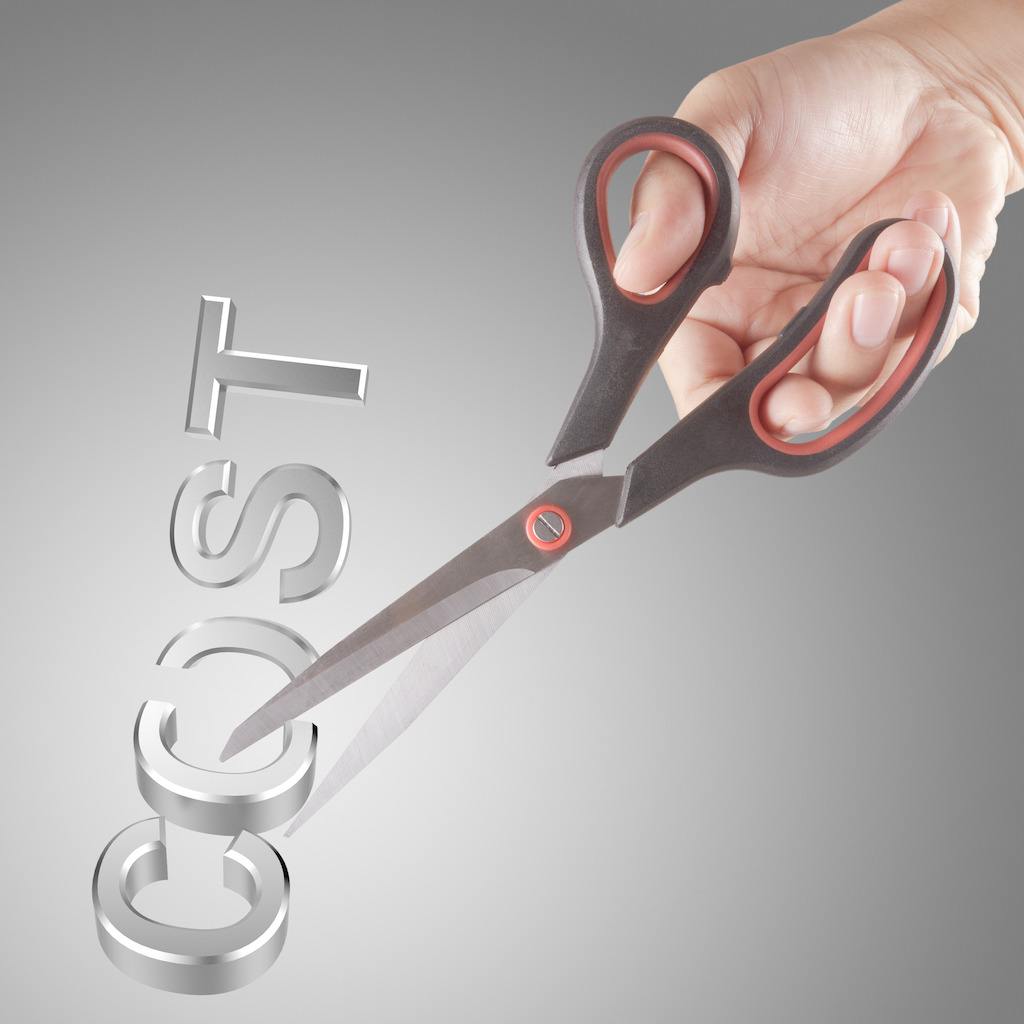How to correctly calculate manufacturing costs
In the traditional manufacturing industry in the past, costing was usually done in two parts: fixed cost and variable cost, which has long been recognized as a practice. However, in recent years, fewer and fewer people have adopted this approach because such information is generally of little use or timely enough to make the right decisions. In addition, the traditional calculation of fixed costs and variable costs also has many shortcomings. However, if these deficiencies are corrected, you can gain insight into the nature of costs, help make better decisions and support operational improvements.
The first step is to eliminate the use of current total cost information to guide decisions.
This purely financial model often does not reflect the causal relationship between resources and processes. Instead, a cost model should be used that explicitly reflects the mode of operation of the causal relationship between resources and processes.
Manufacturing has shifted from a variable direct cost to a fixed overhead resource and cost. You need to understand operational relationships and systems, and use money to illustrate these evolving causal relationships. Monetary indicators need to reflect the flow of resources that are useful for decision-making.
The second step is to define the terms "fixed" and "variable" correctly.
It is often mistakenly assumed that variable costs are avoidable in the definition, and fixed costs are inevitable. Another common mistake is to evaluate any fixed or variable costs by product quantity. The correct way to evaluate costs as fixed or variable is to look at the relationship between a resource or resource group and its direct output, which can be the result of several causal relationships, not a product.
This assessment usually results in a fixed and a variable component, not just one. For example, the cost of supervisor and team benefits for a machine maintenance team is a fixed cost, and the salaries of technicians vary with the level of maintenance required.
For many indirectly supported resources, it is not uncommon for initial determinations of fixed costs and variable costs to change as other resources are used in the manufacturing process. For example, electricity is initially variable until it is used to maintain the desired temperature in the production facility. Then it becomes a fixed production cost.
The third step is to track and review the use of resource capabilities.
Any resource has production and non-production hours (such as training, maintaining or waiting for important activities such as repairs / setup) or free / excess time (unproductive work). The use of each type of capacity needs to be handled differently through a cost model. For example, the production time of the producer varies with the amount of product.
However, it still has fixed costs such as supervisor, mandatory safety and interpersonal training (non-production hours), time to wait for maintenance or other issues (non-production hours) and benefits. These costs should apply to product costs, but should be fixed and variable components identified. Idle / excess time should not be applied to product costs. This is due to organizational-level costs due to unreasonable production schedules at one level or poor sales and marketing.
Correctly defining and tracking fixed costs and variable costs generates a cost model that reflects operating costs and enables rapid and accurate analysis of incremental costs and marginal costs. Keep in mind that the fixed and variable relationships are important for both cost measures and the number of flows to be operated.
If you apply the causal principle to create a decision support model, there should be no difference between the two. Unfortunately, the techniques used to model the nature of costs are not widely taught. Although German management accounting techniques, resource consumption accounting and some forms of activity-based costing are included.




